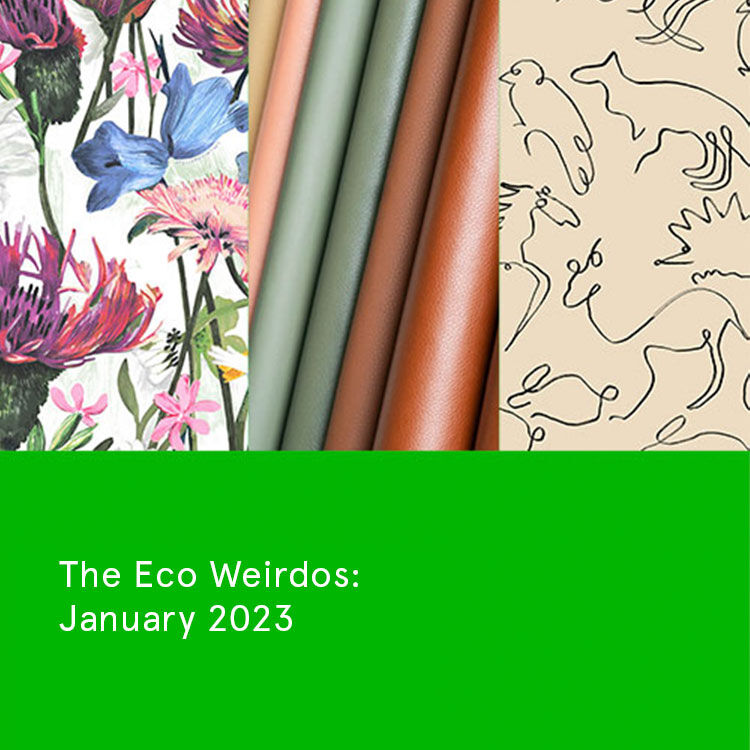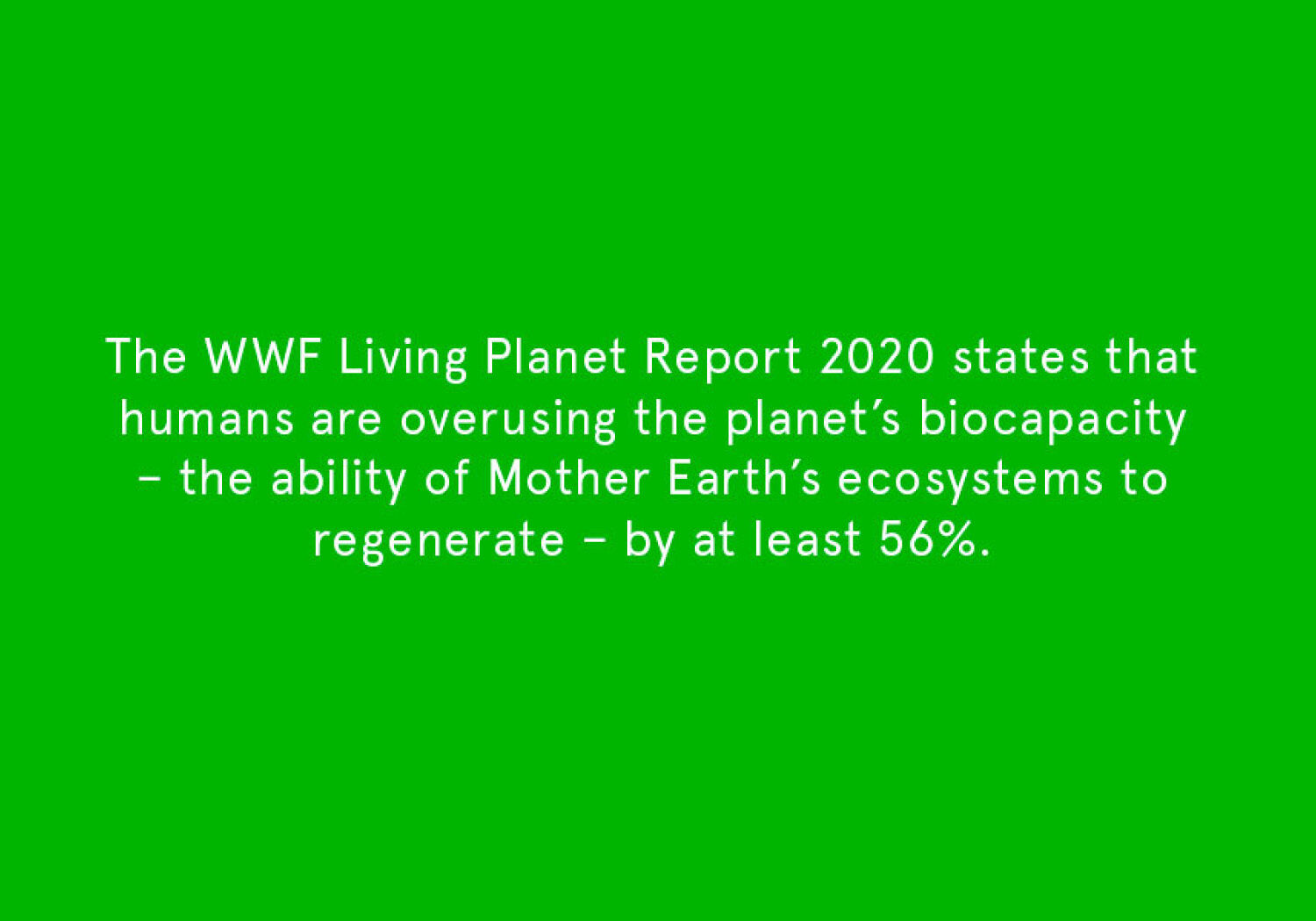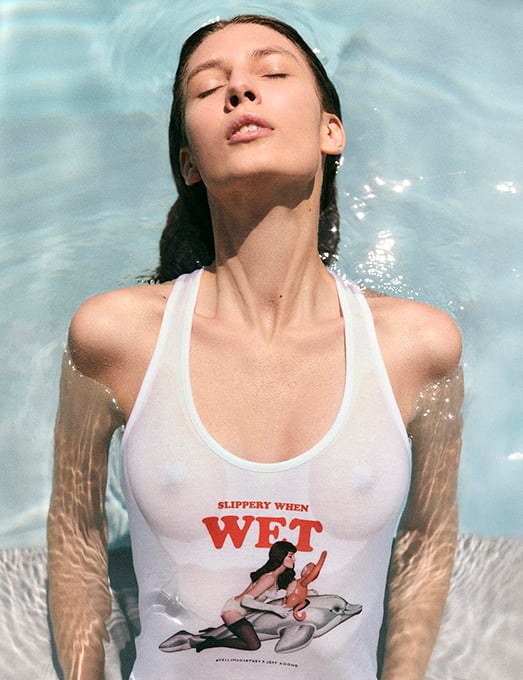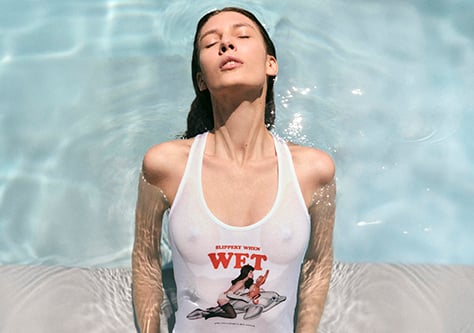The Eco Weirdos: Why fashion should care about the biodiversity crisis
Welcome to The Eco Weirdos, a monthly column from Stella McCartney.
This January, we have been inspired by the renewal that comes with a new year. We are zeroing in on the fashion industry’s role in the biodiversity crisis, distilling the impact that animal leather has on Mother Earth and expanding on the rewilding conversation that inspired our Spring 2023 collection and campaign.
The climate crisis has been at the forefront of our minds for decades and as we continue to live through the ‘Decisive Decade’ – a crucial time in terms of meeting the objectives of the UN’s Sustainable Development Goals (SDGs) and Paris Agreement – it is clearer than ever that we have a biodiversity crisis on our hands too.
The COP15 summit in Montreal corroborated this, setting out a framework for a collective 2030 mission and 2050 vision to ‘take urgent action to halt and reverse biodiversity loss to put nature on a path to recovery for the benefit of people and planet by conserving and sustainably using biodiversity’. Also agreed at the summit was the 30x30 ambition: conserving 30% of the world’s land and 30% of the oceans by 2030.
As one of the industries with the highest environmental impacts, we must be part of the solution.
What is biodiversity?
Biodiversity refers to the variety of living species on our planet. According to a United Nations report from 2019, one million of Mother Earth’s species are at risk of extinction and the biodiversity losses we are experiencing are an estimated 1,000 times higher than the natural rate.
The WWF Living Planet Report 2020 states that humans are overusing the planet’s biocapacity – the ability of Mother Earth’s ecosystems to regenerate – by at least 56%. We are losing our
planet’s natural carbon sinks and its ability to absorb CO₂ from the atmosphere. This is unacceptable and unsustainable.
So, how does fashion play into the biodiversity crisis? For starters, according to the WE Forum the fashion industry emitted approximately 2.1 billion tonnes of greenhouse gas emissions in 2018 (4% of the global total that year). This includes raw material production, fabric and yarn preparation, supply chain and delivery, and disposal.
What is the fashion industry’s impact on biodiversity?
We rely on Mother Earth to grow our materials. The fashion industry impacts biodiversity in intersecting ways, led by habitat change and loss as a result of agriculture for producing cotton, viscose, wool, rubber, leather hides and other nature-derived fibres.
An estimated 150 million trees are logged annually, destined to be turned into cellulose-based fabrics like viscose (McKinsey & Co.). With forest ecosystems home to around 80% of the species we share Mother Earth with, habitat change and loss due to fashion’s reliance on agriculture is a key driver of biodiversity loss.
Conventional farming and agricultural production methods have long-term impacts on soil health and the natural environment, as well as the people who depend on it. Heavy, commercial use of machinery, chemicals and harsh management techniques, like that in conventional cotton agriculture, can and has led to soil degradation and damage to species. It is thought that around a third of the planet’s soil is degraded due to these intensive methods and, according to Conscious Planet, 90% of soil may be degraded in 30 years.
How can fashion make changes to help combat the biodiversity crisis?
It has never been clearer to us that we need to adopt nature-based solutions now to make positive changes and protect our better tomorrow.
We believe that the future of fashion needs regenerative sourcing, which is why we are committed to innovating regenerative solutions and accelerating this pivotal change across the industry.
Regenerative sourcing is a nature-positive approach to farming and fibre production using methods that do not solely take from Mother Earth, but that give back to her too.
This nature-positive, science-based approach to farming and fibre production is a holistic method that rebuilds and restores land and soil, rather than destroying it. From minimal tillage to crop rotation, cover crops to livestock integration, maintaining living roots to protect the soil surface, regenerative sourcing places nature at the core.
Not only does regenerative sourcing improve biodiversity, but it also captures carbon and allows us to produce raw materials that are commonly used across the fashion industry. Stella McCartney’s Summer 2023 collection included the first-ever luxury garment made from 100% regenerative cotton. It marks another chapter in our collective mission to fight climate change and move the industry towards more responsible, nature-positive solutions.
What’s next?
As well as innovating regenerative solutions, fashion consumption must radically change too. From buying better to seeking out and wearing pieces with longevity, and from repairing clothes to recycling old garments in a circular way, it is clear that more conscious clothing consumption is possible and necessary if we wish to prevent, halt and reverse the degradation of ecosystems and biodiversity loss.




